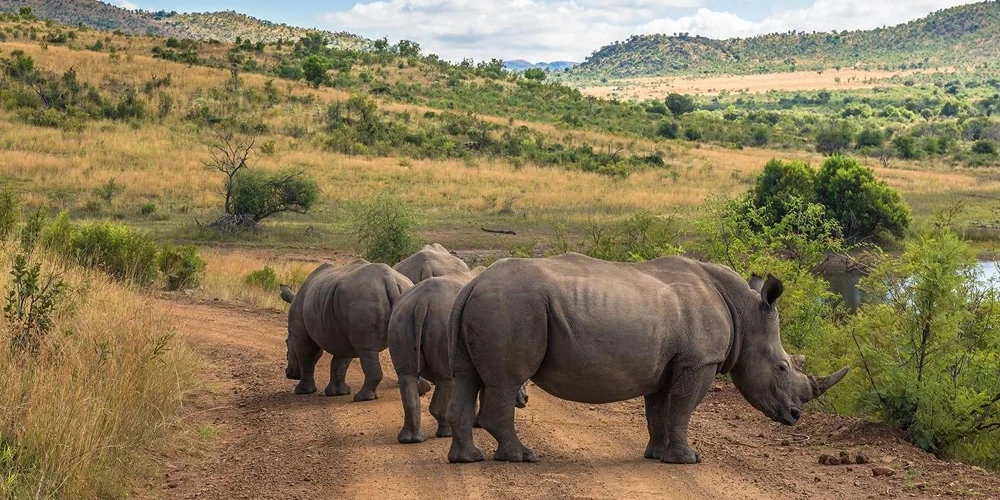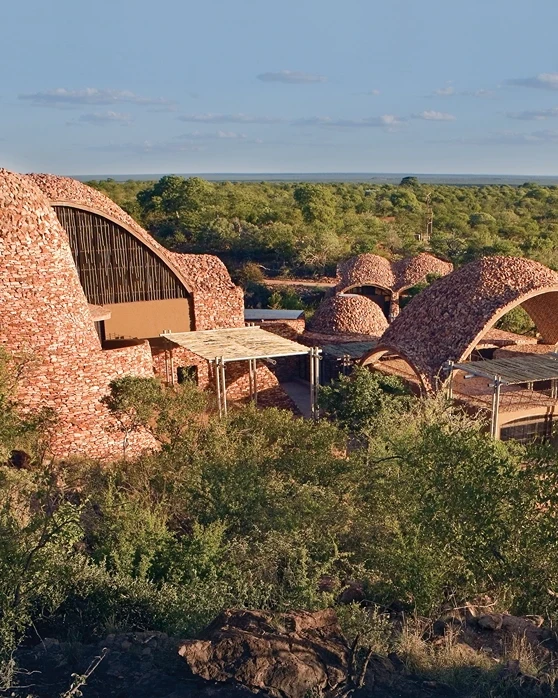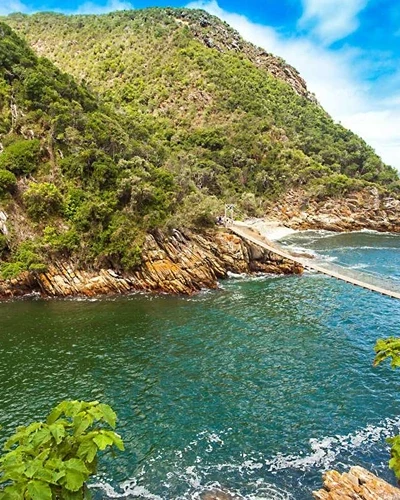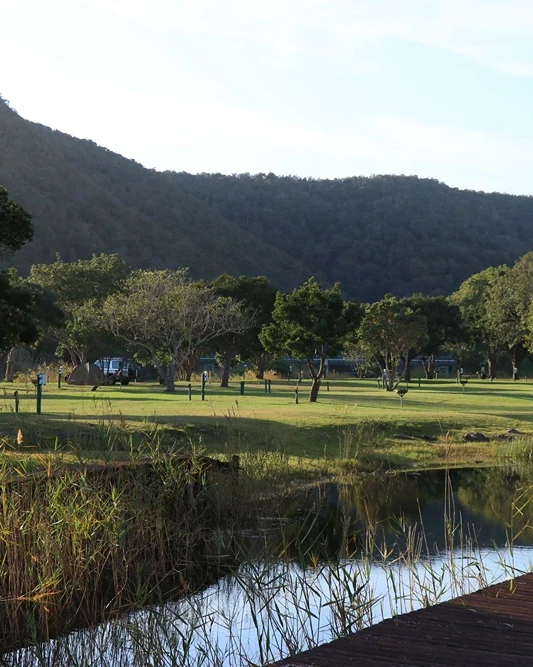Did you know that nestled just a couple of hours from Johannesburg lies a volcanic wonder over a billion years old? Pilanesberg National Park is a hidden gem that offers not just stunning landscapes but an incredible journey through geological time. Covering over 550 km², it boasts the ancient Pilanesberg Alkali Ring Complex and a rich history intertwined with African heritage. This malaria-free haven in South Africa’s highveld region is a must-visit for those seeking both adventure and serenity. Join us as we delve into what makes Pilanesberg National Park an unparalleled destination.
Overview of Pilanesberg National Park
Pilanesberg National Park is situated less than 200 kilometers from Johannesburg, making it conveniently accessible for both local and international visitors. The park spans over 550 square kilometers and is located in the highveld region of South Africa, known for its dry, cool winters and low precipitation. This unique location ensures that the park remains malaria-free, which is a significant consideration for families and international tourists.
The park’s most striking geological feature is the Pilanesberg Alkali Ring Complex, which is the remnants of a 1.3 billion-year-old volcano. This ancient geological formation creates a spectacular landscape that is both rugged and beautiful. The Pilanesberg is one of the largest volcanic complexes of its kind in the world, offering a unique backdrop to the diverse flora and fauna that inhabit the park.
Historically, Pilanesberg National Park has been a site of significant conservation efforts. Established in the late 1970s, the park was part of a major wildlife relocation project known as Operation Genesis. This initiative aimed to reintroduce a variety of animal species to the area, including the Big Five: lions, elephants, buffaloes, leopards, and rhinos. The success of these efforts has turned Pilanesberg into one of South Africa’s premier wildlife destinations.
Key geographical and historical facts:
- Located less than 200 kilometers from Johannesburg
- Covers over 550 square kilometers
- Features the Pilanesberg Alkali Ring Complex, a 1.3 billion-year-old volcanic formation
- Situated in the malaria-free highveld region
- Established in the late 1970s as part of Operation Genesis, a major wildlife conservation project
Wildlife and Safari Options in Pilanesberg National Park
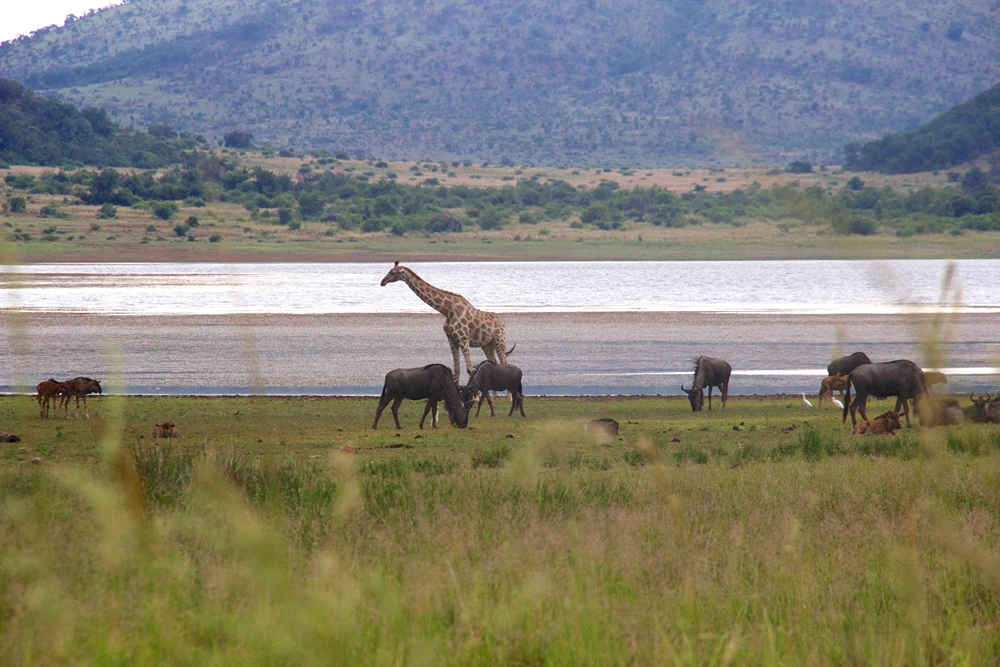
Pilanesberg National Park is a sanctuary for some of Africa’s most iconic wildlife, including the renowned Big Five: lions, elephants, buffaloes, leopards, and rhinos. This diverse ecosystem provides habitats for over 7,000 animals, making it a prime location for wildlife enthusiasts. The park’s unique geological features further enhance the experience, offering stunning backdrops for wildlife viewing and photography.
Visitors to Pilanesberg can choose from a variety of safari options tailored to different preferences and budgets. These range from budget-friendly tours to luxurious, all-inclusive safari packages. Options include day safaris, which are perfect for those on a tight schedule, as well as extended trips lasting from 2 to 4 days. Each safari type offers a different experience, whether it’s a guided tour in an open vehicle, a self-drive safari, or a more intimate walking safari.
In addition to traditional game drives, Pilanesberg National Park offers unique activities such as hot air ballooning and 3-hour open vehicle guided safaris. These experiences provide a different perspective of the park, allowing visitors to see the landscape and its inhabitants from above or in a more immersive setting. The variety of safari packages ensures that every visitor can find an option that suits their needs and enhances their experience in this remarkable park.
Safari options:
- Budget Safaris: Affordable tours that typically include guided game drives and basic accommodations.
- Comfort Safaris: Mid-range packages offering more comfortable lodging and additional amenities.
- Luxury Safaris: High-end experiences with top-tier accommodations, gourmet meals, and exclusive game drives.
- Day Safaris: Short trips ideal for visitors with limited time, offering a quick yet comprehensive view of the park’s wildlife.
- Hot Air Ballooning: An aerial tour providing breathtaking views of the park and its wildlife.
- 3-Hour Open Vehicle Guided Safaris: A popular option for a more detailed and guided experience of the park’s fauna and flora.
Accommodation in Pilanesberg National Park
Pilanesberg National Park offers a diverse range of accommodation options to suit various preferences and budgets. Whether you are looking for luxury lodges with all the amenities or more budget-friendly, self-catering units, the park has something for everyone. Among the notable lodges are Shepherds Tree Game Lodge, Bakgatla Resort, Lush Private Lodge, Bakubung Bush Lodge, Ivory Tree Game Lodge, and Kwa Maritane Bush Lodge.
Luxury lodges such as Shepherds Tree Game Lodge and Lush Private Lodge offer premium amenities and services. These lodges provide a high-end experience with features like gourmet dining, spa treatments, and exclusive game drives. For those seeking a more intimate and personalized experience, these lodges are ideal choices.
For visitors on a budget, options like Bakgatla Resort and Bakubung Bush Lodge provide comfortable accommodations without the hefty price tag. These lodges offer basic amenities, guided tours, and self-catering facilities. They are perfect for families or groups who want to experience the beauty and wildlife of Pilanesberg without breaking the bank.
| Lodge Name | Description |
| Shepherds Tree Game Lodge | Luxury lodge offering gourmet dining, spa treatments, and exclusive game drives. |
| Bakgatla Resort | Budget-friendly resort with self-catering facilities and guided tours. |
| Lush Private Lodge | High-end lodge featuring personalized services, premium amenities, and gourmet dining. |
| Bakubung Bush Lodge | Comfortable lodge with affordable rates, guided tours, and basic amenities. |
| Ivory Tree Game Lodge | Luxury lodge known for its elegant decor, fine dining, and exclusive safari experiences. |
| Kwa Maritane Bush Lodge | Family-friendly lodge offering a mix of self-catering units and hotel-style rooms. |
Tips for Visiting Pilanesberg National Park
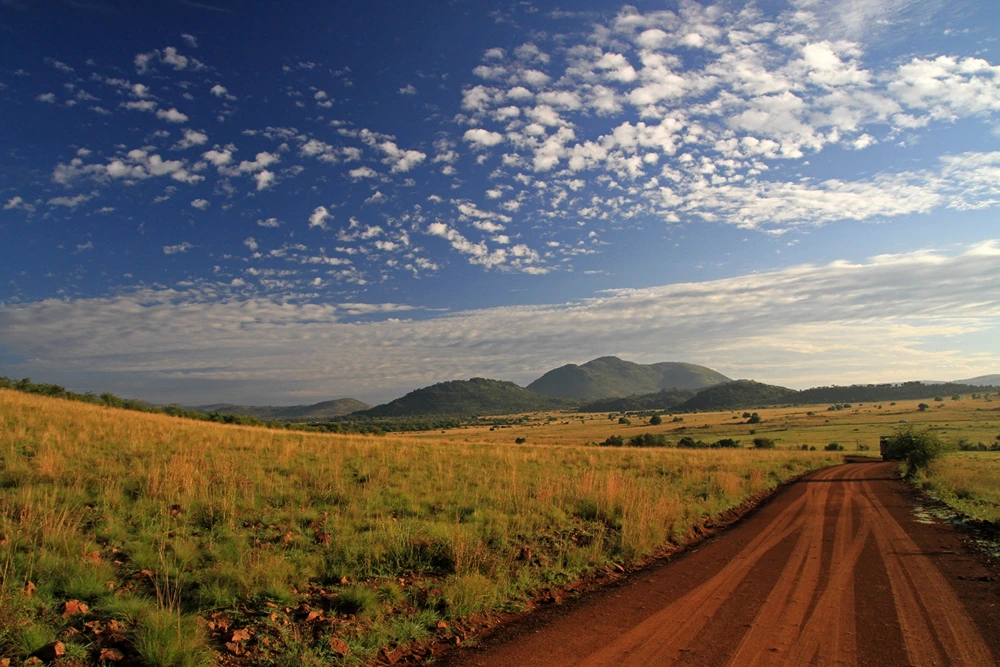
The best time to visit Pilanesberg National Park is during the winter months from May to September. During this period, the weather is cooler and drier, making it ideal for game viewing as animals are more likely to gather around water sources. The park’s malaria-free status is another significant advantage, especially for international tourists and families who can visit without the concern of malaria prophylaxis.
Entry fees and safari packages vary widely, accommodating different budgets. Day visitors can pay a nominal entrance fee, while those opting for guided safaris or luxury packages will find a range of prices to suit their preferences. Accessibility is straightforward, with the park being a short two-hour drive from Johannesburg and Pretoria. This makes it convenient for both day trips and longer stays.
Practical tips:
- Visit during the winter months (May to September) for optimal game viewing.
- Take advantage of the park’s malaria-free status, making it safe for families.
- Plan your budget accordingly, as entry fees and safari packages vary.
- Consider a day visit if you’re short on time, as the park is easily accessible.
- Always follow safety guidelines provided by the park and your guides.
Directions and Nearby Attractions
Pilanesberg National Park is conveniently located just a 2-hour drive from Johannesburg and Pretoria, making it easily accessible for both local and international visitors. To reach the park, take the N4 highway from Johannesburg or Pretoria towards Rustenburg. From there, follow the signs to the park’s various gates, such as Bakgatla, Manyane, or Kwa Maritane. The well-maintained roads ensure a smooth journey, and clear signage helps in navigating to the park without difficulty.
In addition to the wonders within Pilanesberg National Park, visitors can explore several nearby attractions. Sun City Resort is a short drive away and offers a range of entertainment options, including casinos, golf courses, and water parks. The Madikwe Game Reserve, another renowned wildlife destination, is also within driving distance and provides an excellent opportunity for those looking to extend their safari experience. Both attractions make for great day trips or additional stops on a longer travel itinerary.
Notable nearby attractions:
- Sun City Resort: A world-class resort with casinos, golf courses, and water parks.
- Madikwe Game Reserve: Another prime wildlife destination offering diverse safari experiences.
- Rustenburg: A nearby town with shopping centers, restaurants, and cultural sites.
- Hartbeespoort Dam: Offers water sports, boat trips, and scenic views.
Activities in Pilanesberg National Park
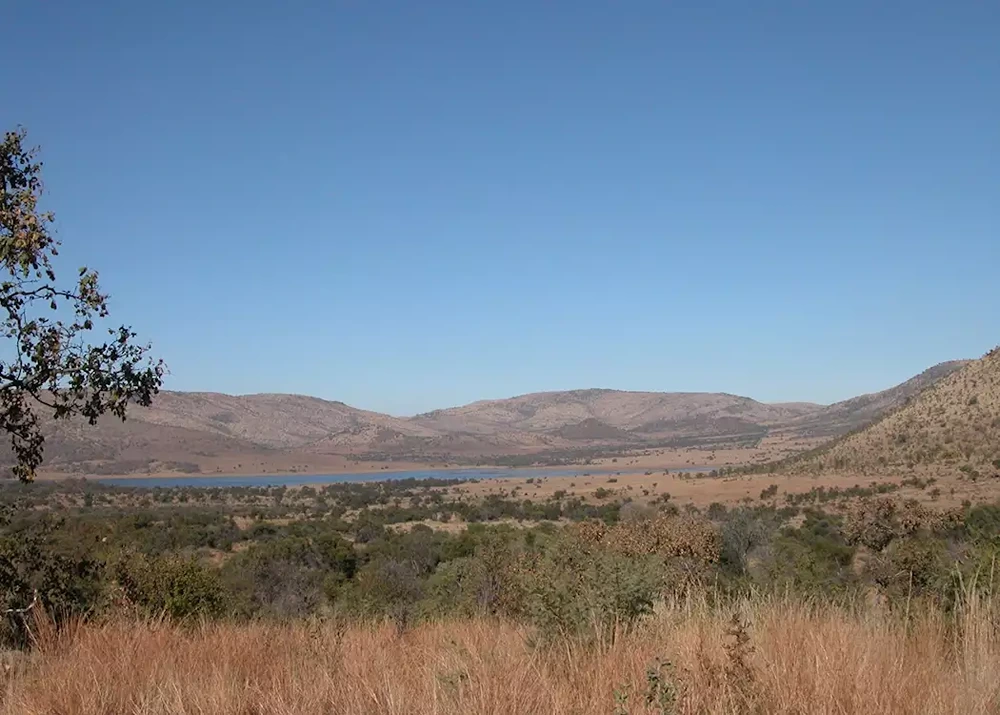
Pilanesberg National Park offers a wide range of activities, catering to both adventure seekers and those looking for a more relaxed experience. One of the most popular activities is bird watching. With over 360 bird species recorded, the park is a haven for bird enthusiasts. Visitors can spot a variety of birds, from large raptors like the Martial Eagle to vibrant species such as the Lilac-breasted Roller. The diverse habitats within the park, including wetlands, grasslands, and woodlands, provide ample opportunities for birding.
For those looking for a unique perspective of the park, hot air ballooning is an unforgettable experience. This activity allows visitors to soar above the landscape, offering panoramic views of the park’s geological formations and wildlife. Hot air balloon rides typically take place early in the morning, providing the best conditions for a smooth flight and optimal viewing of animals as they start their day. It’s an exceptional way to appreciate the scale and beauty of Pilanesberg.
Walking safaris and photographic safaris are other notable activities that attract visitors. Walking safaris offer an intimate encounter with nature, guided by experienced rangers who share insights about the flora and fauna. These safaris allow visitors to track animals on foot, providing a more immersive experience compared to vehicle-based tours. Photographic safaris, on the other hand, are tailored for photography enthusiasts. Specialized guides help visitors capture the perfect shot, whether it’s a close-up of a lion or a scenic landscape.
Notable activities:
- Bird Watching: Over 360 bird species to observe.
- Hot Air Ballooning: Aerial views of the park and its wildlife.
- Walking Safaris: Guided walks offering close encounters with nature.
- Photographic Safaris: Specialized tours for capturing stunning wildlife photos.
- Bush Braais: Traditional outdoor barbecues in the wild.
- Night Drives: Evening safaris to spot nocturnal animals.
Conservation and Community Efforts
Pilanesberg National Park plays a pivotal role in both wildlife conservation and community support. The park’s conservation efforts are multifaceted, focusing on protecting wildlife, restoring biodiversity, and supporting local communities. One of the significant conservation achievements is the reintroduction of various species through initiatives like Operation Genesis. This effort has successfully reintroduced the Big Five and other species, contributing significantly to the park’s biodiversity. The park also engages in eco-tourism projects, which not only promote sustainable tourism but also generate revenue that is reinvested into conservation projects and local community development.
The park’s community efforts are equally commendable. Pilanesberg collaborates with surrounding communities to create job opportunities and support local economies. Through various educational programs and community outreach initiatives, the park aims to raise awareness about the importance of conservation and sustainable practices. These programs empower local residents, giving them a vested interest in the success of conservation efforts within the park.
Key conservation initiatives:
- Operation Genesis: Reintroduction of the Big Five and other species.
- Eco-Tourism Projects: Promote sustainable tourism and generate conservation revenue.
- Community Collaboration: Job creation and economic support for local communities.
- Educational Programs: Raise awareness about conservation and sustainability.
Final Words
Pilanesberg National Park offers an incredible blend of stunning geology, rich history, and diverse wildlife. From exploring the remnants of an ancient volcano to experiencing the Big 5 on a variety of safari options, visitors are in for a memorable adventure.
Exceptional accommodation choices and practical tips ensure a seamless visit, while the park’s conservation efforts highlight its commitment to wildlife and community.
With numerous activities and nearby attractions to explore, Pilanesberg National Park provides an enriching experience for every traveler.
FAQ
Pilanesberg National Park accommodation
Pilanesberg National Park entrance fee
Pilanesberg National Park map
Pilanesberg National Park from Johannesburg
Pilanesberg National Park to Sun City
Pilanesberg National Park directions
Which is better, Pilanesberg or Kruger?
Can you see the Big 5 in Pilanesberg?
Where is the Pilanesberg National Park located?
What makes Pilanesberg National Park unique?
Top Attractions
What if you could explore a hidden gem of ancient…
Think you’ve seen all that South Africa's nature has to…
Ever wondered where you can find rivers, beaches, forests,…


